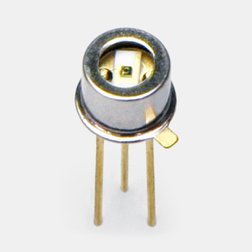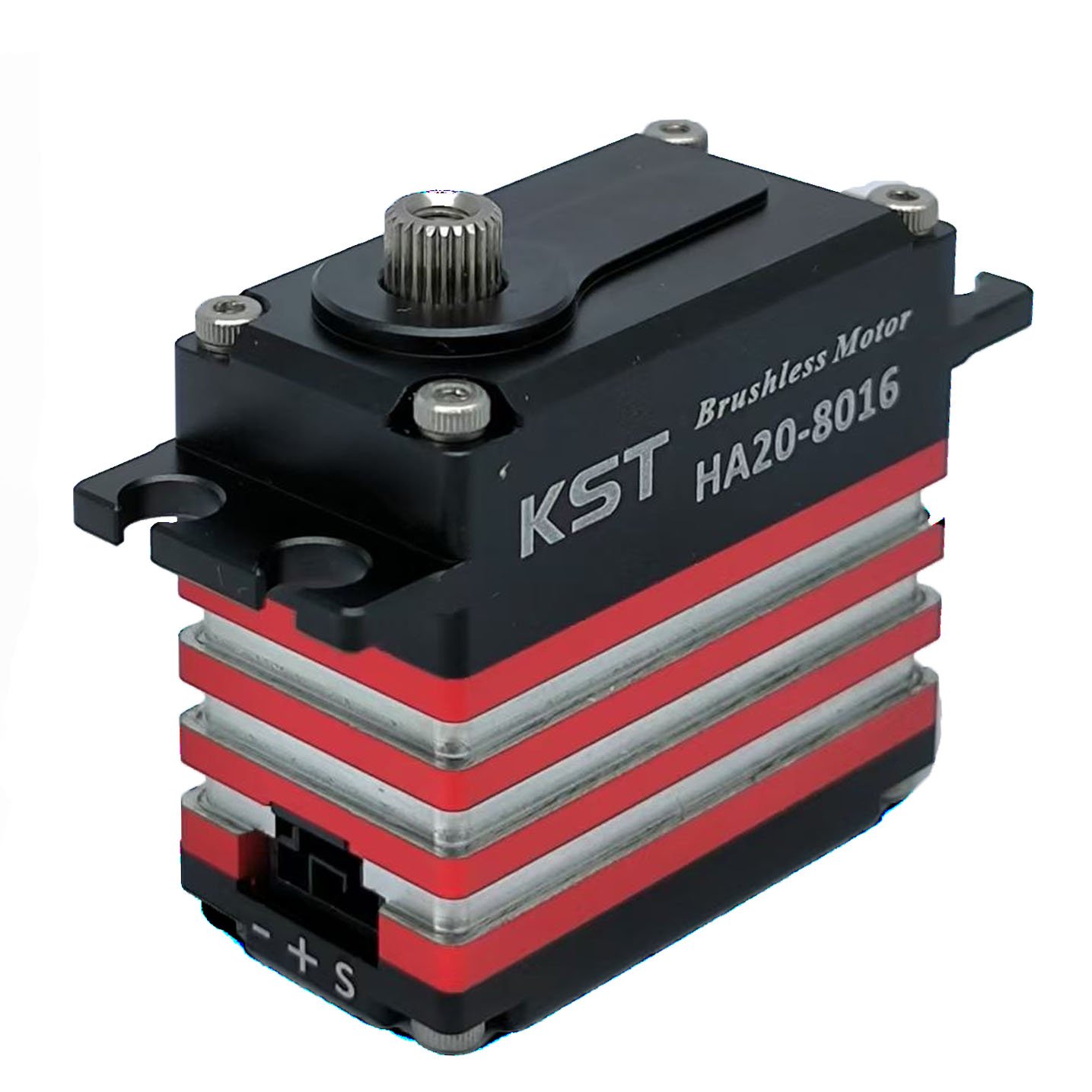What is serial communication?
A communication method that uses one or two transmission lines to send and receive data, one bit at a time. Since it can be connected with fewer signal lines, it has the advantage of suppressing the cost of wires and transfer devices. RS-232, RS-422 and RS-485 are three common serial communication standards, each with different characteristics and application scenarios. The following is a detailed comparison of these three standards:

RS-232
RS232 is a 9-pin (DB-9) or 25-pin (DB-25) serial communication port on older computers.
Features
- Communication mode: Single-ended
- Transmission distance: Usually within 15 meters (50 feet), depending on the baud rate and cable quality
- Baud rate: From 300 bps to 115200 bps, or even higher
- Voltage: The signal voltage is usually between ±3V and ±25V, and the voltage range of logic 0 and logic 1 is wide
- Signal line: mainly transmit data (TXD), receive data (RXD), ground (GND), etc.
Application
Usually used for short-distance communication between computers and peripheral devices (such as modems, printers)
Advantages
- Simple and easy to implement
- Widely compatible, supported by many devices
Disadvantages
- Limited communication distance
- Simplex communication, unable to perform two-way data transmission at the same time (although half-duplex can be achieved through control lines)
RS-422
RS-232C has the disadvantages of short transmission distance and slow transmission speed. RS-422A is a specification formed by improving these disadvantages. It is also called “EIA-422A”. Although the purpose and timing of each signal line are specified, the connector is not specified. Many products that support EIA-422A mainly use D-SUB 25-pin or D-SUB 9-pin.
Features
- Communication mode: Differential
- Transmission distance: usually up to 1200 meters (4000 feet)
- Baud rate: from 300 bps to 10 Mbps
- Voltage: The signal is transmitted via differential voltage, usually ±2V to ±6V
- Signal: usually includes data transmission (TX+, TX-), data reception (RX+, RX-)
Application
Suitable for long distance and high data transmission rate occasions, such as industrial control systems and data acquisition systems
Advantages
- Support longer transmission distance
- Higher anti-interference ability due to the use of differential signals
- Support half-duplex and full-duplex communication
Disadvantages
- More complex to implement than RS-232
- Requires differential receiver and transmitter
RS-485
This is a specification that was formed to improve the shortcoming of RS-422A, which has a small number of connections. It is also called “EIA-485”. RS-485 is a specification that is upwardly compatible with RS-422A. Although the purpose and timing of each signal line are specified, the connector is not specified. Many products that support EIA-422A mainly use D-SUB 25-pin or D-SUB 9-pin.
Features
- Communication mode: Differential
- Transmission distance: typically up to 1200 meters (4000 feet)
- Baud rate: from 300 bps to 10 Mbps
- Voltage: Signals are transmitted via differential voltage, typically ±1.5V to ±5V
- Signal lines: mainly data lines (A, B) and ground lines (GND), supporting multi-point bus structure
Application
Widely used in industrial automation, building management and multi-point communication systems
Advantages
- Supports multi-point communication, up to 32 devices can be connected (more devices are also possible through appropriate drivers and receivers)
- High anti-interference ability due to the use of differential signals
- Capability of long distance and high data transmission rate
Disadvantages
- More complex to implement than RS-232
- Requires correct terminal matching and network design
Summary and comparison
- RS-232: Suitable for short-distance, simple point-to-point communication, easy to implement, but not suitable for long-distance and multi-point communication.
- RS-422: Supports long-distance communication and higher speed, but is mainly used for point-to-point or multi-point (up to 10 devices) communication.
- RS-485: Most suitable for long-distance, multi-point (up to 32 devices) communication, with high anti-interference and flexible network topology, but the implementation complexity is high.
- The maximum communication distance of RS232 port is 15 meters, while the maximum communication distance of RS422/485 is 1200 meters.
To obtain purchase information and related information, please contact us: emi-ic.com
























